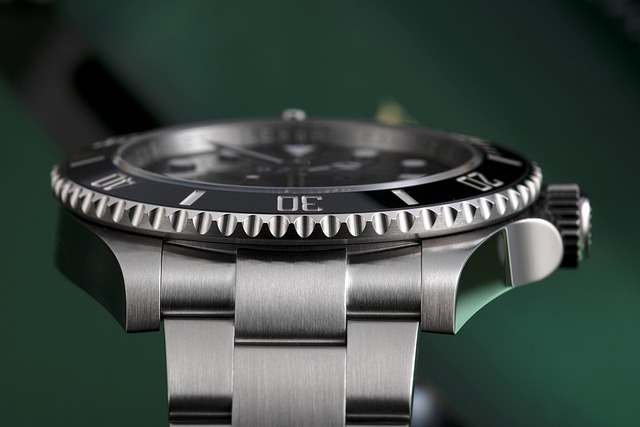Belt Buckles: Materials, Craftsmanship, and Care
Belt buckles occupy a small physical footprint but can carry significant functional and aesthetic weight. From plain utilitarian designs to ornate pieces, buckles reflect material choices, maker skill, and personal style. This article explains how craftsmanship, metal choices, and thoughtful curation shape a durable, wearable buckle collection.

What is the role of craftsmanship in belt buckles?
Craftsmanship determines how a buckle performs and how it ages. Skilled makers focus on proportions, mechanism durability (like prong, plate, roller designs), and finish quality. Hand-finishing techniques, soldering precision, and attention to moving parts reduce friction and wear. For collectors and everyday wearers alike, craftsmanship often shows in tight tolerances, smooth edges, and consistent finishes that resist peeling or flaking over time.
How does silver influence design and wear?
Silver is valued for its lustrous look and malleability, which allows detailed engraving and repoussé work. Sterling silver (usually 92.5% silver) is common for buckles; it patinates naturally, developing a darker contrast in recessed details that many find attractive. Silver requires periodic cleaning to manage tarnish, and plating may wear off with frequent friction. When choosing silver buckles, consider whether the piece is solid or plated and whether it was treated with protective coatings.
When is gold used in belt buckles?
Gold appears in buckles as solid alloy, vermeil (gold over sterling silver), or gold plating. Solid gold is rare and expensive for everyday buckles, so gold alloys and plating are more typical for decorative pieces. Gold-toned finishes resist tarnish differently than silver and can offer warm color options for pairing with leather and clothing. Attention to the backing and base metal is important, since base metals under plating can react with sweat and abrasion, affecting longevity.
Why choose bronze for certain buckles?
Bronze offers a warm, antique aesthetic and a degree of hardness that suits rugged or historically inspired designs. It develops a patina over time that many consider desirable; the process can be accelerated or stabilized with specific treatments. Bronze buckles can be a practical choice for durable outdoor wear because they are less prone to the type of surface flaking that affects some plated pieces. As with other metals, quality of casting and finishing influences both appearance and mechanical reliability.
How to build a balanced buckle collection?
A balanced collection blends materials, styles, and functions: plain hardware for daily use, decorative pieces for formal wear, and statement buckles for special outfits. Rotate pieces to reduce wear on any single buckle, and consider storage that minimizes surface contact—soft pouches or lined boxes work well. Document provenance and materials if you collect vintage or artisan-made buckles; maker marks, stamps, or hallmarks can aid future restoration or resale decisions.
When sourcing buckles, look for reputable artisans, specialty retailers, and repair professionals. Local services such as custom metalworkers or leather shops can resize belts, refinish buckles, or advise on repairs. For vintage finds, appraisal or conservation services in your area can help preserve value and functionality while avoiding aggressive cleaning that might remove desirable patina.
Care and maintenance extend a buckle’s service life. Regularly wipe metal surfaces with a soft cloth to remove sweat and oils; use metal-specific cleaners sparingly and follow manufacturer guidance. For plated items, avoid abrasive polishes that expose the base metal. Hinges and moving parts benefit from occasional light lubrication with a cloth-applied, non-staining lubricant. Keep leather belt straps conditioned and free from excessive moisture, since strap failure can place unexpected stress on buckles.
Conclusion
Belt buckles combine form and function through material choice and maker skill. Whether you favor silver, gold, bronze, or a mix, understanding craftsmanship and appropriate care improves performance and appearance. Thoughtful sourcing, rotation, and maintenance help any buckle collection remain both useful and expressive over time.






